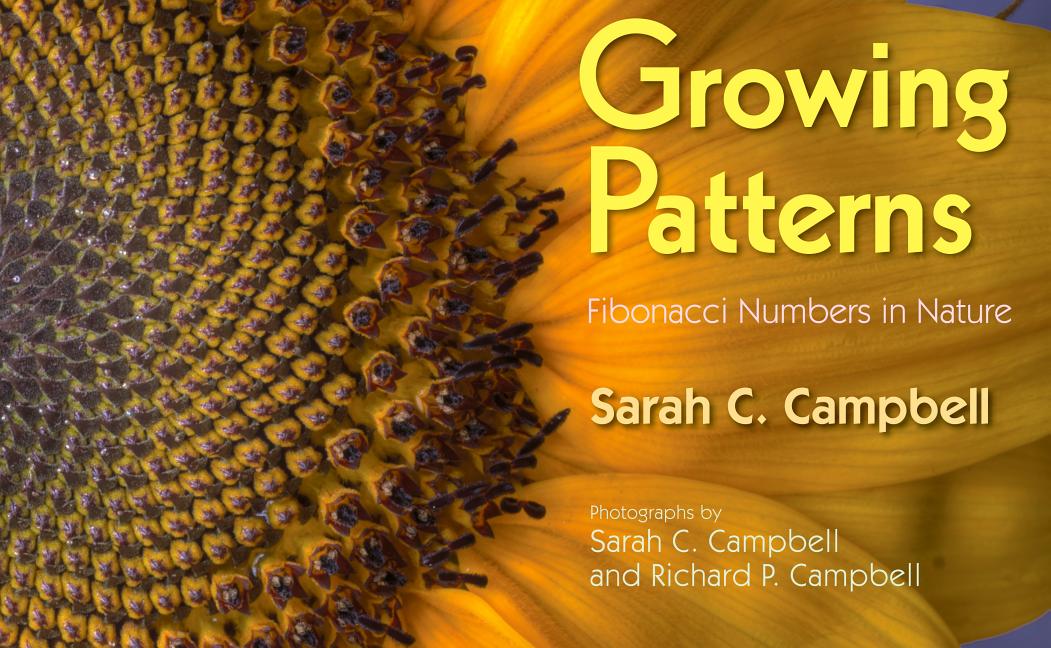Book Description
for Growing Patterns by Sarah C. Campbell and Richard P. Campbell
From Cooperative Children's Book Center (CCBC)
Stripped down description and clear color photographs on thoughtfully designed pages work together to explain the Fibonacci sequence to a young audience. Beginning with a peace lily (1 petal), moving to a crown of thorns (2 petals), followed by a spiderwort (3 petals), then a flowering quince (5 petals), and finally a cosmos (8 petals), the sequence so often found in nature is demonstrated visually and described in the simple text. Other examples of the Fibonacci numbers in nature shown include the bracts on a pinecone, the disk flowers at the center of a sunflower, the sections on the outside of a pineapple, and the spiral of a nautilus shell. The final two pages offer additional information about Fibonacci numbers and a glossary. (Ages 6–9)
CCBC Choices 2011. © Cooperative Children's Book Center, Univ. of Wisconsin - Madison, 2011. Used with permission.


